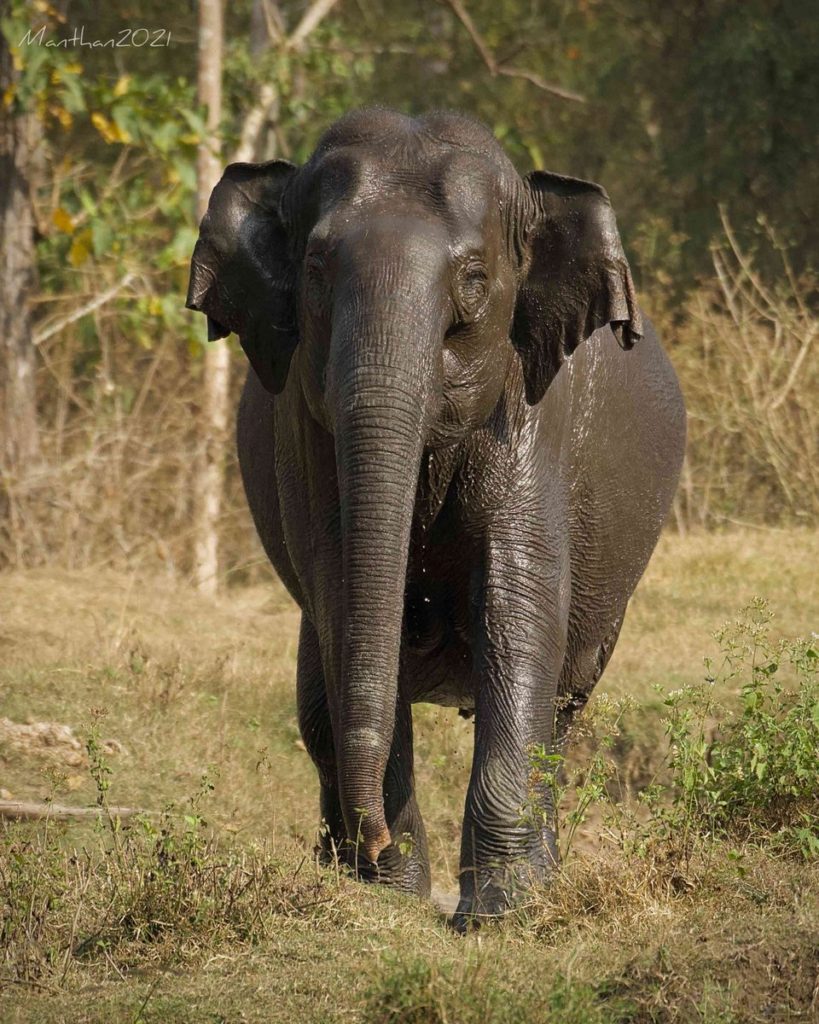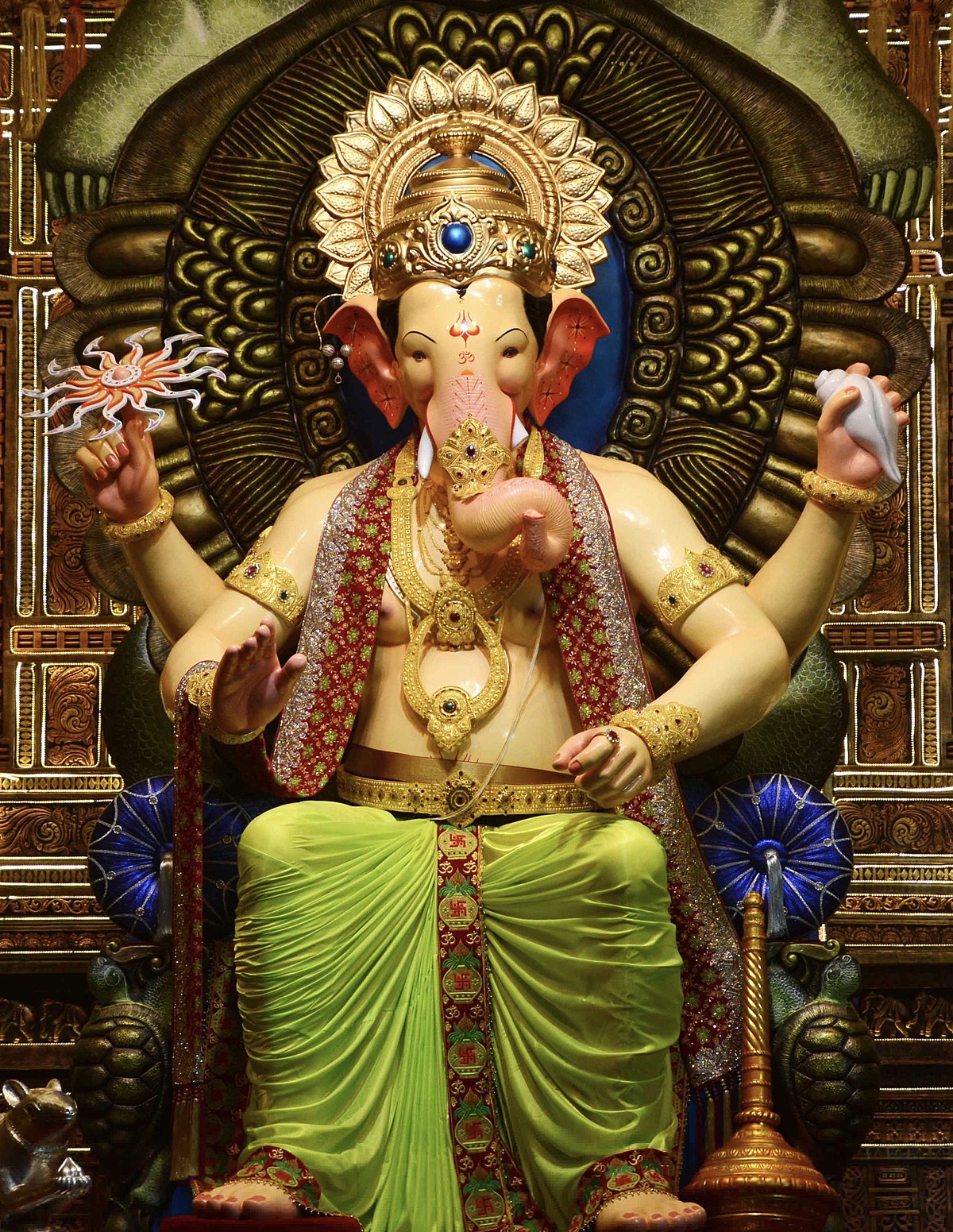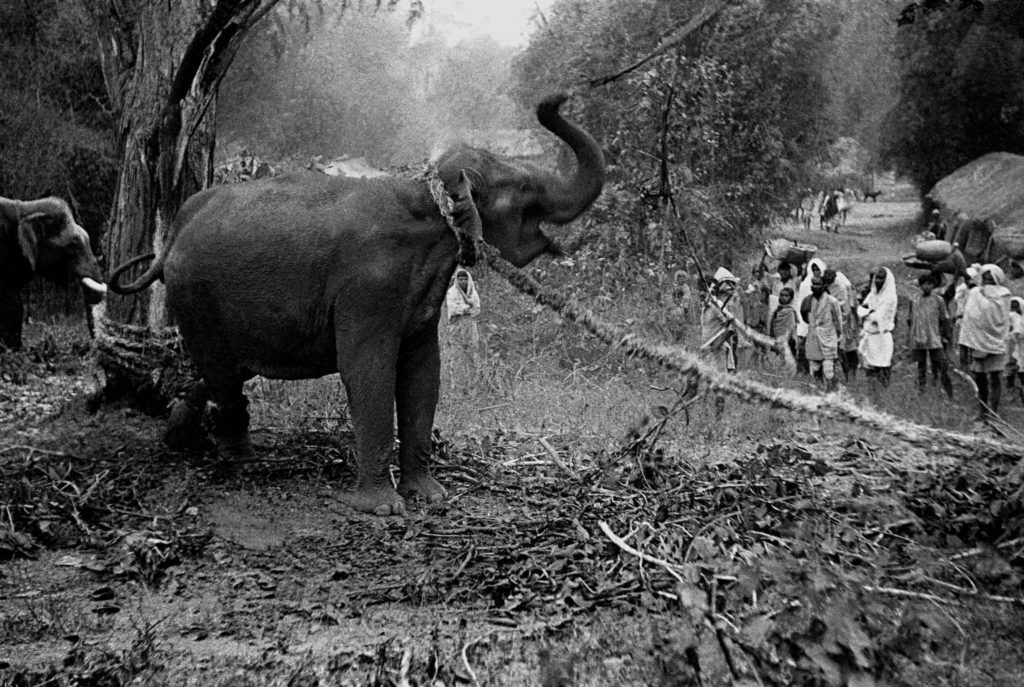Throughout centuries, Kabini and Nagarhole have had a rich history with pachyderms. These majestic guardians of the jungle have been intertwined in the history of the forests and subsequently the Mysore Maharaja’s legacy. Just near our resort in Kabini, there are several small and big elephant camps, some with their own history. These mighty beings were taken from the forests to be used in festive processions through Mysore for centuries and even today are trained and looked after in these camps. But what of the wild history of the elephants in Kabini? Let us look into this in detail.

About The Elephant
It wouldn’t be a story about elephants without us learning more about these majestic creatures. Elephants are probably the most unique large land mammal of India. Their mannerisms, their social structure, their physical traits are all unique and continue to amaze researchers to this date. One of two species, the Asian Elephant that calls Kabini its home is a smaller cousin of the African Elephant. We say small, but the Asian Elephant can grow up to 9 feet tall and weigh up to 4 tons among males! The Asian Elephant also has the distinction of being the only species in the elephas genus (African Elephants are divided into two subspecies).
From being one of the most widely spread out mammals, Asian Elephants are today an endangered species with ranges drastically reduced to a fraction of what they were; estimates say that the total population has in fact halved. But the elephant is now a protected species in India along with being revered in Hindu mythology as the Elephant God Ganesha.

Elephants are extremely intelligent and emotional beings and form complex relationships with themselves, other members of the forests and even humans. Being a matriarchal species, elephants live in herds ranging from small groups of 10-20 to much larger herds of over 50 members. The herds usually comprise of females and infant/extremely young males. Adolescent males or males that are just reaching sexual maturity usually break off to find a mate or win their own territory, maybe even join other herds. All Asian elephants also use infrasound to communicate, a technique that works over long distances! Elephants also migrate, like a lot of other large herd mammals. During the summer, elephants from all over parts of Karnataka come to Kabini in one of the largest migrations of India to spend time at the backwaters behind our resort in Kabini.
Elephants And Humans
With such close relationships to the jungle, elephants also have run-ins with human beings and as such, our lives have been intertwined with that of these pachyderms for millennia. The earliest indication of Asian Elephants is from the Indus Valley civilization! Elephants have since been used in agriculture and war as war animals (transport and even attack). To sit on the elephant was considered an honor that only certain sections of royalty were eligible for.
Did you know that the Jenu Kurubas of Kabini are also expert mahouts? Talk to any mahout when visiting Kabini or Bandipur and chances are that they are Jenu Kurubas. The Kurubas have been associated with the forests for centuries now, and elephant taming is a more recent foray for these members of the forest.
But of course, a relationship like this involves some hardship. It was only after capturing these elephants that they could be tamed and trained. There have been various methods of trapping elephants in the past. From

Kabini is a hotspot for Khedda, a cruel and erstwhile common procedure of taming elephants. It was rampant around the region thanks to the requirement of elephants for the royal stables in Mysore. Scriptures from the Greek explorer Megasthenes mention accounts of trapping elephants in the 3rd century, giving insights into the origins of this method. The procedure involved using previously tamed elephants to seek out the wild ones in the forest and eventually lure them into a trap. Sans food or water, the elephants were mentally stressed out and eventually broke down, becoming easier to fall for the whims of the trainers.
Khedda was introduced to Mysore in the 19th century by George P. Sanderson. This was viewed as a trial effort in collaboration with the forest officials which was largely a success. However, with the passing of the Forest Act in 1972, elephants are viewed as a protected species and granted the same rights as any forest species. Today, Balle camp near our resort in Kabini is one of the last few elephant camps that used to practice Khedda. When staying at our resort in Kabini, don’t forget to visit the camp and meet the tuskers there!




